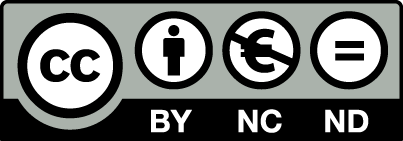Please use this identifier to cite or link to this item:
https://hdl.handle.net/10419/266986 Year of Publication:
2021
Citation:
[Journal:] EconomiA [ISSN:] 1517-7580 [Volume:] 22 [Issue:] 3 [Publisher:] Elsevier [Place:] Amsterdam [Year:] 2021 [Pages:] 278-290
Publisher:
Elsevier, Amsterdam
Abstract:
In March 2020, the COVID-19 pandemic, caused by the SARS-CoV-2 virus, swept through the United States. The necessary but costly non-pharmaceutical interventions (NPIs) including social distancing, stay-at-home orders, and the closing or restriction of most businesses greatly increased the unemployment rate, and put millions of Americans at risk for eviction and bankruptcy. As a part of the relief efforts to mitigate the economic consequences of the shutdown orders, the United States Congress passed The Coronavirus Aid, Relief, and Economic Security Act, also known as the CARES Act, which created the Paycheck Protection Program (PPP). The PPP, administered by the Small Business Administration (SBA), was intended to help small business keep employees on their payroll through loans guaranteed by the SBA that are forgivable if certain conditions are met. This paper, using publicly available data released by the SBA of loans worth $150,000 or greater, analyzes the effectiveness of the program through multiple avenues. On the overall effectiveness of the program, we explore the types of business that received PPP funding, the ranges of loan amounts provided, the types of banks that processed the loans, the cost-effectiveness of jobs saved based on the loan range, and the racial distribution of loan recipients. We also analyze the geographical distribution of loans based on congressional district to look at the influence race and political party had on how much PPP funding each congressional district received. Finally, we look at the how the PPP fit into the context of the COVID-19 pandemic by looking at the number of COVID-19 cases in each state at the time the program was initially closed, the amount of PPP funding for each state and analyzing the relationship between the loan amount per COVID-19 case and the date of reopening in each state, the relationship between the number of PPP loans received, and how long it took until a state reopened. We note that states that received more loans tended to delay their reopening, as a result, one of the main goals of the PPP, limiting the spread of COVID-19 by keeping people at home, was successful in that regard. We determine that the program, while a critical lifeline in a desperate, unprecedented time, had flaws in its deployment related to a lack of preparedness, a lack of equity in which recipients had initial access and how much funding recipients received, and noticeable gaps in the data. Finally, we recommend policy solutions and fixes going forward to bolster our preparedness response at the state and federal level and ensure that going forward, we can do better to meet the missed marks during the acute phase of the coronavirus pandemic.
Subjects:
COVID-19
Disaster Aid
Economic inequality
Economic Recovery
Pandemic
Disaster Aid
Economic inequality
Economic Recovery
Pandemic
Persistent Identifier of the first edition:
Document Type:
Article
Appears in Collections:
Files in This Item:
File
Description
Size
Format
Items in EconStor are protected by copyright, with all rights reserved, unless otherwise indicated.

